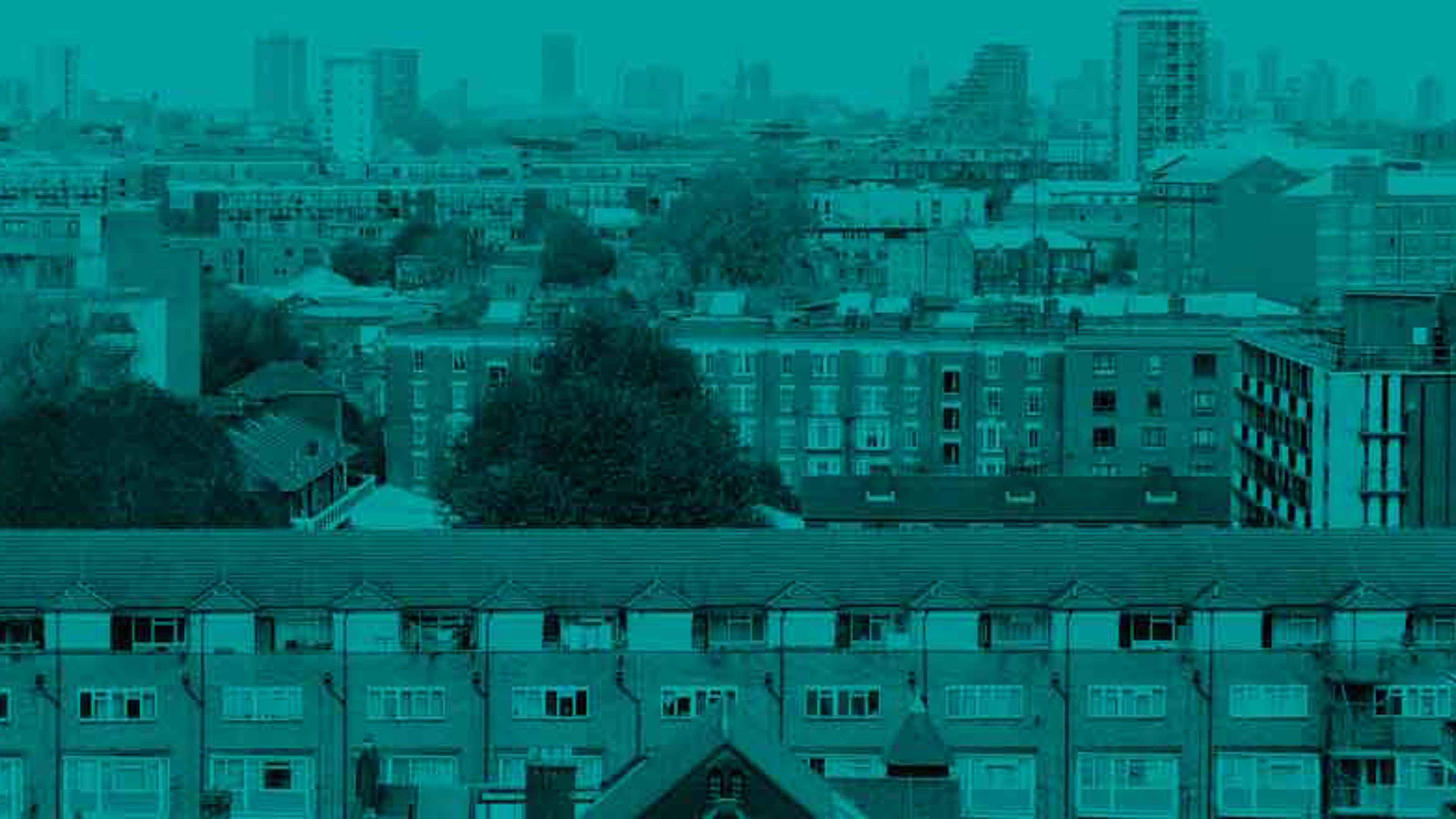Help us create an Environmental Health APPG
Join our campaign by urging your local MP to support the formation of an All-Party Parliamentary Group (APPG) on environmental health.
Thursday, 24 January 2019, Tamara Sandoul, CIEH Policy Manager

With growing numbers of councils looking to introduce selective licensing in their areas and a Government commissioned review under way, this piece of work seemed extremely timely. The original question we were keen to ask was whether these schemes were effective, particularly with regards to improving housing conditions. What we’ve found is a more complex picture.
Local authorities need to jump through many costly hurdles before setting up schemes. Moreover, the powers and mechanisms to tackle housing conditions are somewhat more limited than appears on the surface. Yet despite this, these schemes are much more effective than we imagined and are clearly making a difference in areas that need a focussed approach to tackle widespread substandard housing.
This is the first time that outcomes and insights from different areas have been brought together in one piece of research. These schemes are still not very prevalent – an estimated 44 areas have these in place at the moment. We were therefore delighted that 20 local authorities with these schemes in place chose to engage and work with us on this project.
We will be presenting the findings and recommendations in this report to the Government review of selective licensing schemes as well as engaging with any interested parliamentarians.
If you have any questions or would like to get in touch with us, please email [email protected].

Help us create an Environmental Health APPG
Join our campaign by urging your local MP to support the formation of an All-Party Parliamentary Group (APPG) on environmental health.